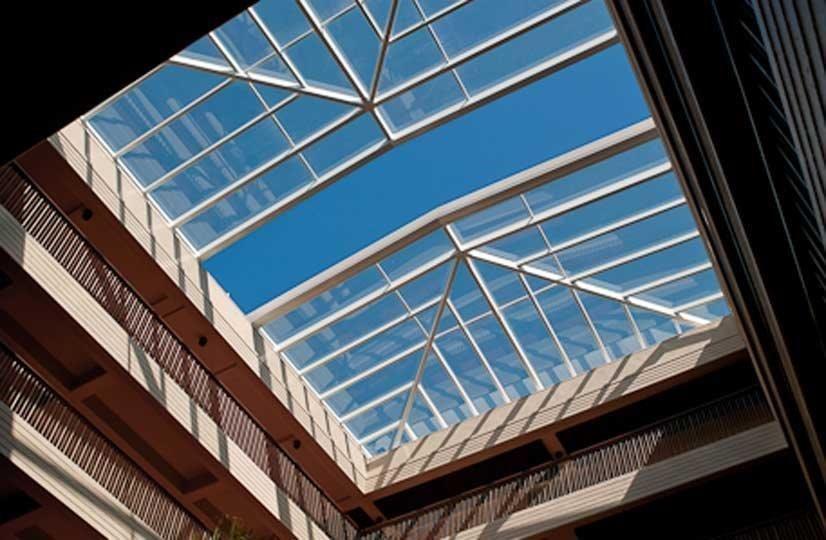Available Roof Space
If you are introducing a retractable roof to an existing structure or your building design is limited for other reasons, one of the primary drivers of cost may be out of your control. Adequate space to accommodate retraction of the entire movable roof will translate into less complex design, engineering, and implementation – and therefore lower costs.
Executing a retractable roof system on a roof without sufficient space for full retraction is still possible, and often quite stunning. We frequently address such a situation by designing an “operable over fixed” retractable roof. This simply means that a portion of the roof opening would be covered by fixed glass, allowing for maximum light. The operable portion retracts over that fixed portion, in these cases.
Consulting with an experienced retractable roof company will involve evaluating your roof to determine your retraction options and relative costs.
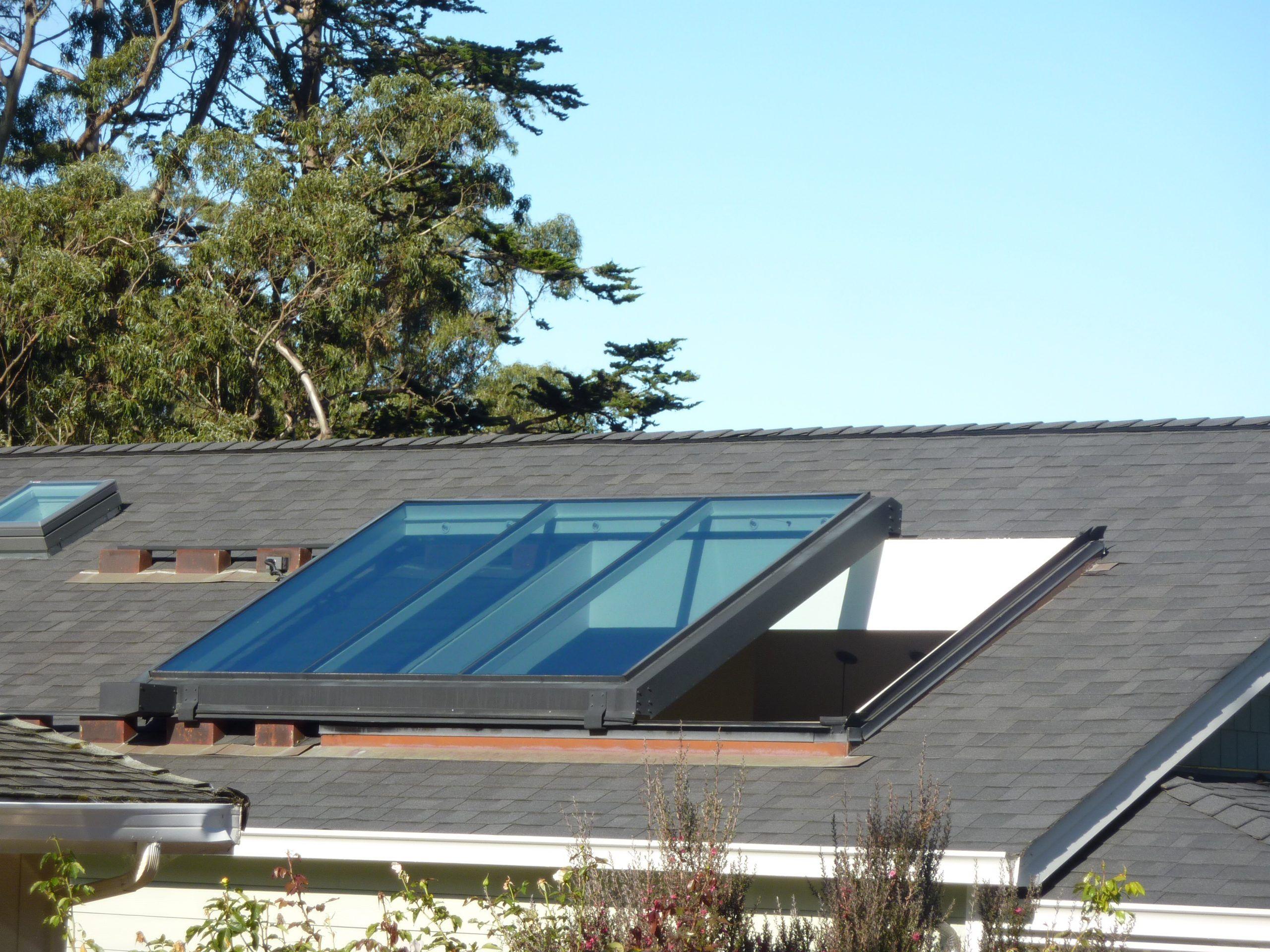
Single Section Retracting Over Roof
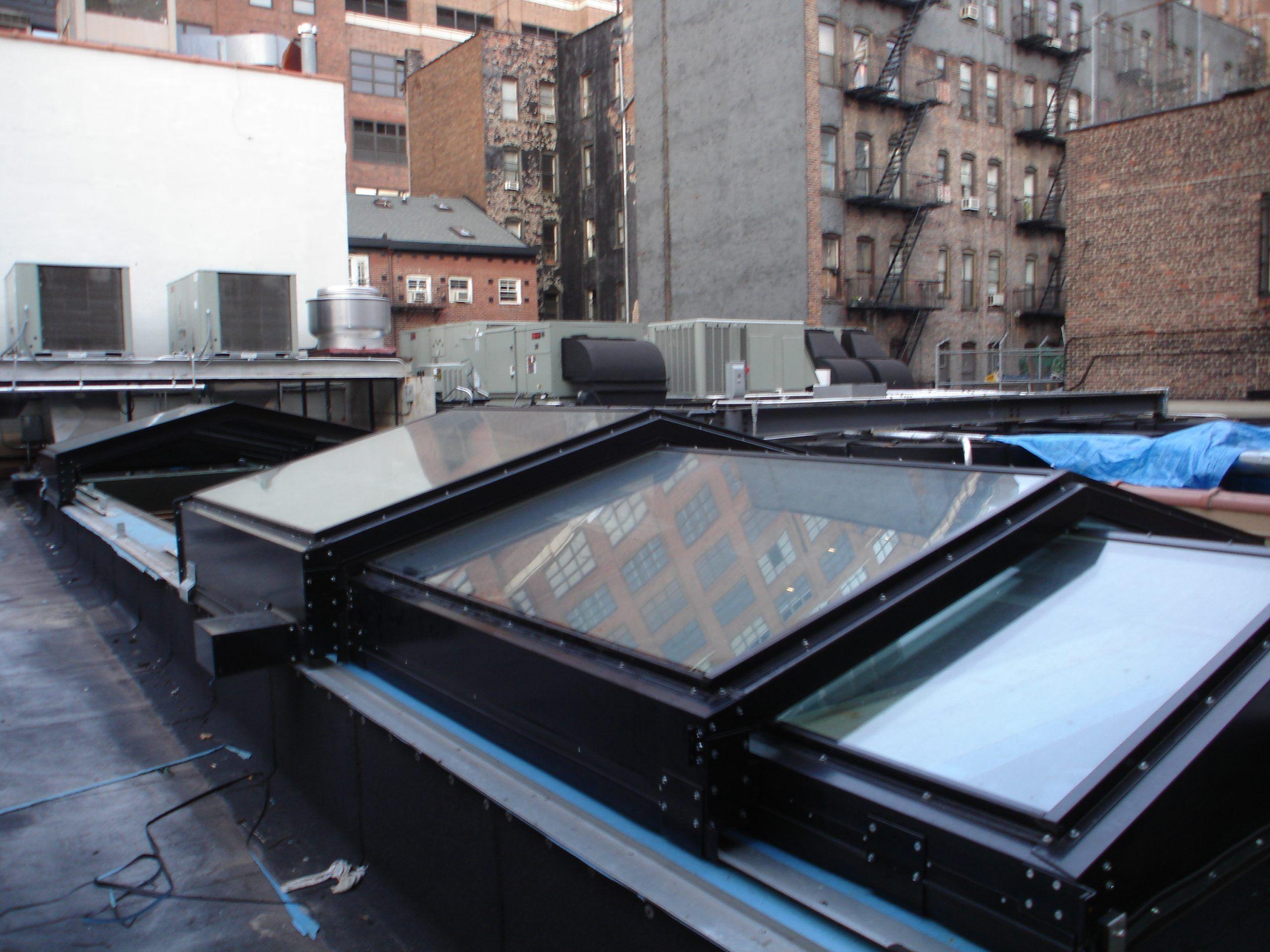
Telescoping Over Fixed End Section
Complexity of Design
The size and shape of your available roof space aren’t the only governors of your retractable roof design options. Once the fundamental possibilities your roof can accommodate are understood, you and the designer will develop an approach to meet your objectives. The more simple that approach, the less expensive the project will be.
For example, a single-section roof in a straight-forward rectangle shape will be less expensive to implement than a bi-parting design comprised of two sections that part from the middle. Further still, a design with a conical shape where multiple glass sections retract over one another would introduce even more complexity and cost, relative to a similarly-sized system of a simpler approach. The scenarios are nearly endless.
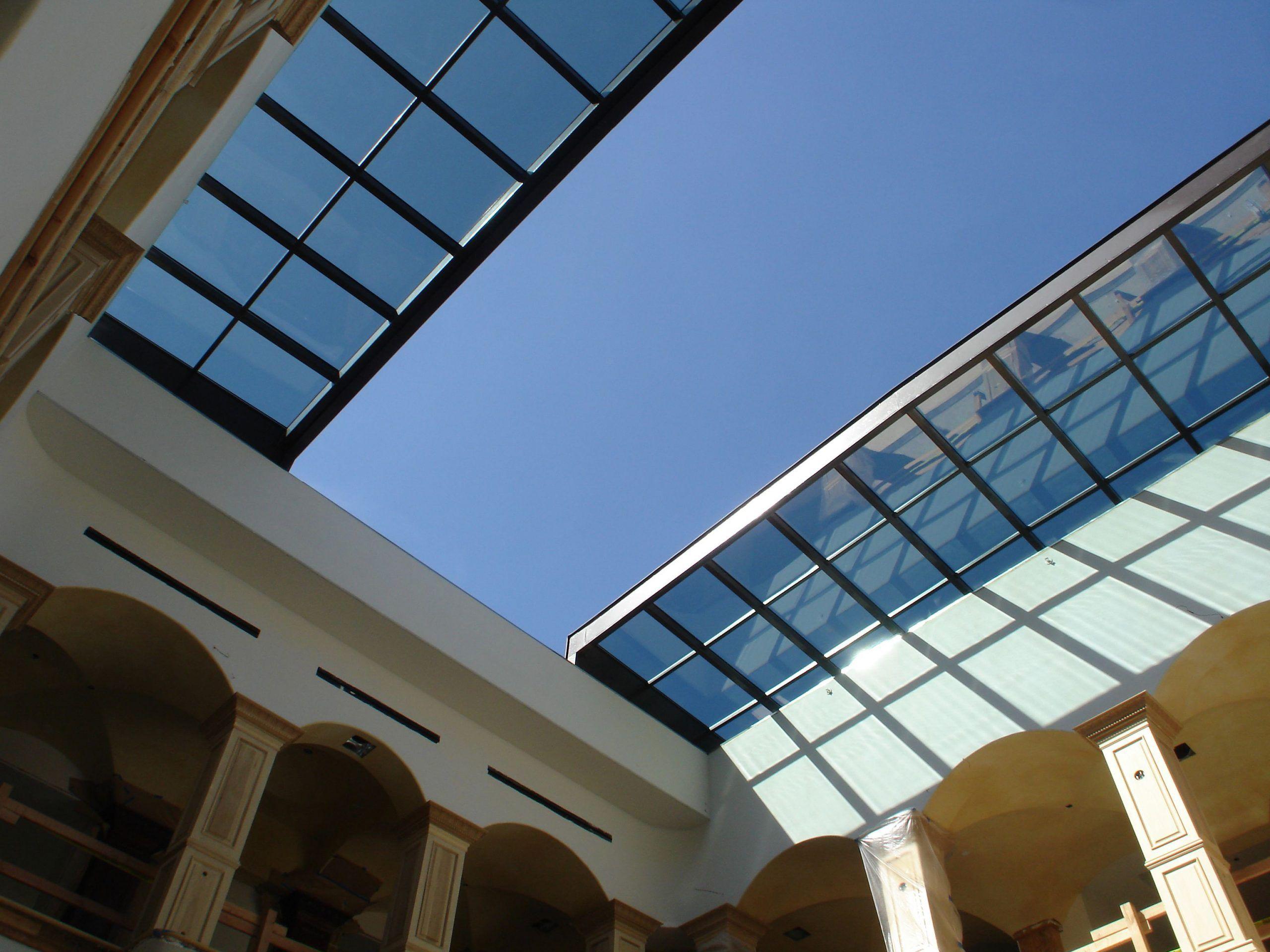
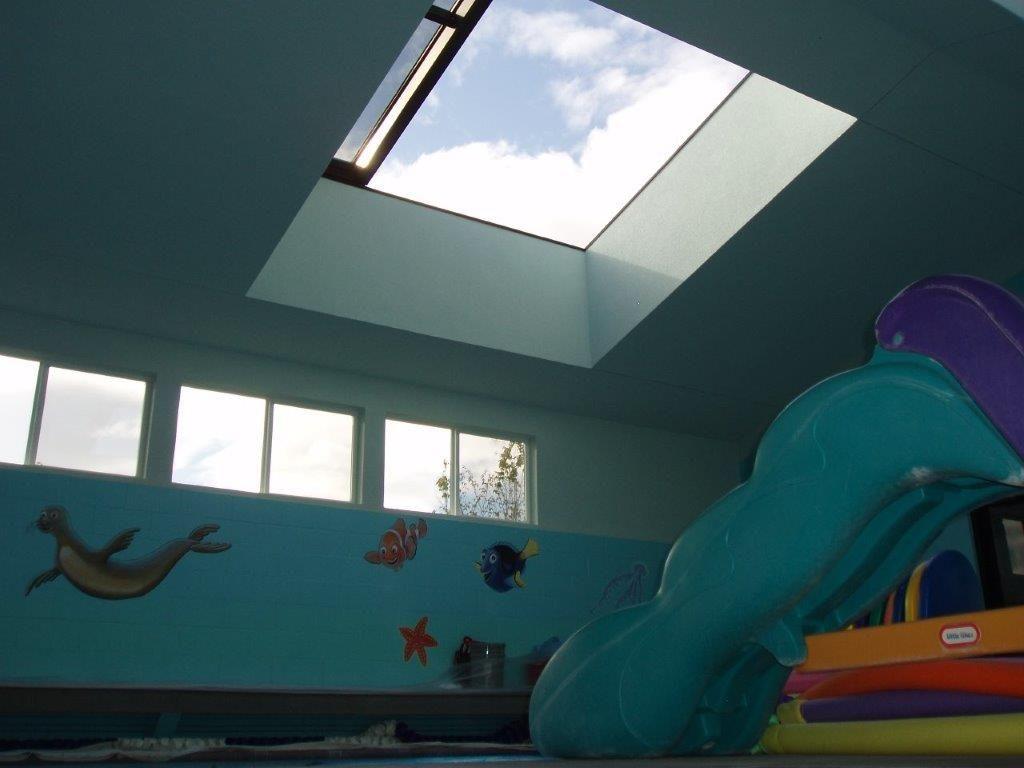
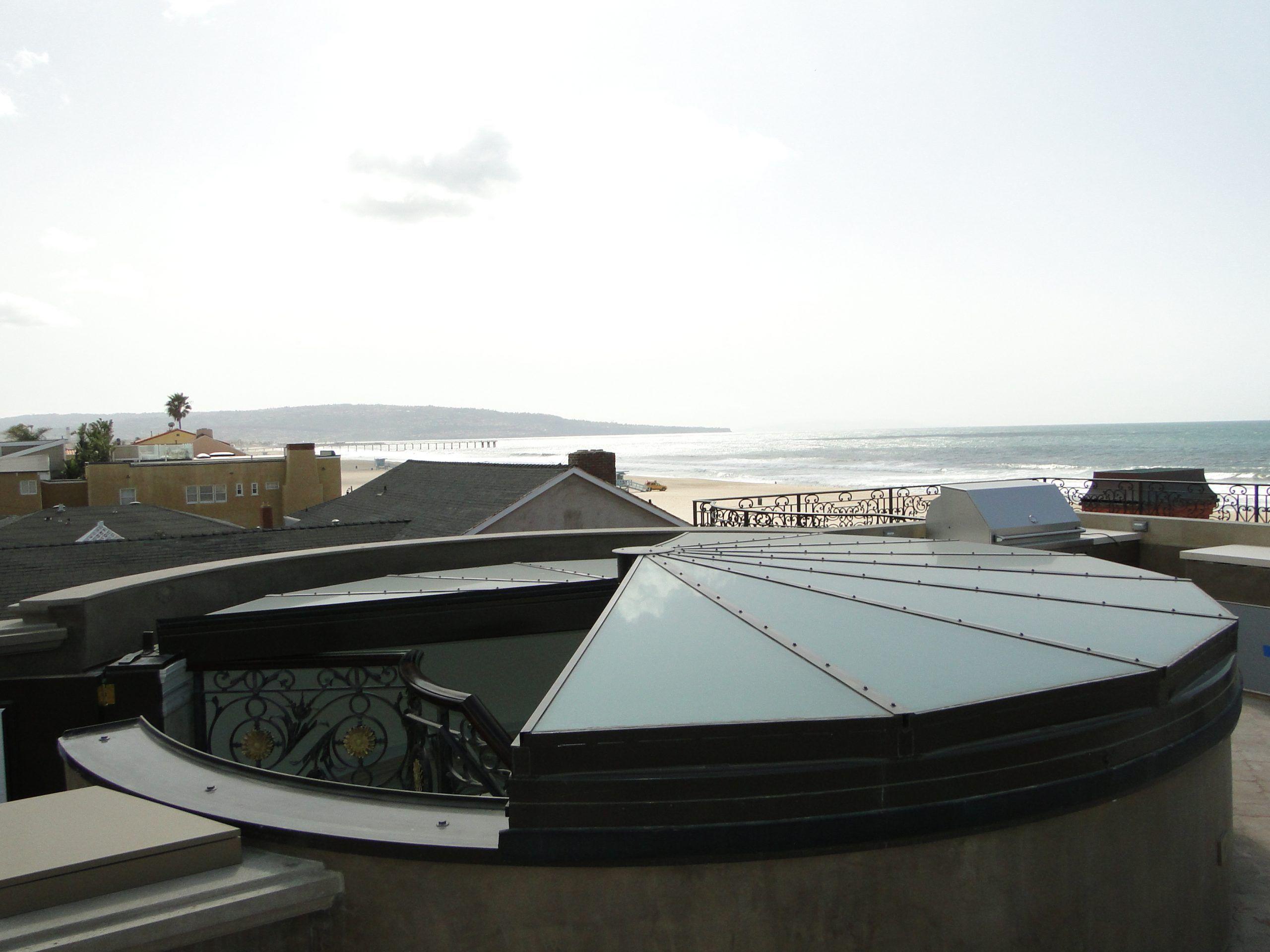
Building Preparation and Installation
Generally the responsibility of your contractor, preparing the roof and electrical systems of your home or building are essential components of your project and certainly factors that affect the overall cost. Typical elements to consider:
- Preparing the roof opening, which may include reengineering adjacent portions.
- Adding durable curbs and flashing, per the retractable roof company’s specifications.
- Electrical modifications to the building to power the retractable roof motor(s).
- Transportation and installation of the roof itself. Costs can vary depending upon how easy the roof is to access and the size and weight of the roof components. For example, some installations require the use of a crane and some do not.
Size and Materials
While the actual type and thickness of glazing/roofing you choose for your retractable roof will impact the cost, those materials do not usually have a large effect.
What may seem obvious, but still worth mentioning, is the overall size of the opening and structure contemplated. Large structures, such as those required for covering an entire pool or a sizable commercial atrium, will involve higher engineering, materials, and installation costs relative to smaller implementations.
Ongoing Maintenance
After designing and building thousands of retractable roof systems over more than 60 years, we’ve seen that robust engineering on the “front end” of the project can save significant money and hassle over the life of the roof. A well-designed and installed system should last many decades with minimal preventative maintenance.
Conclusion
Retractable glass roof systems costs vary greatly based upon the factors we describe in this article. In our experience, nearly every retractable roof system is unique in one way or another. Working with a company that can customize an approach and a design to meet your needs will lead to a successful project that fits within your budget.
Questions? Comments? Give us a ring or send an email: 415-874-0532, customersupport@rollamatic.com

